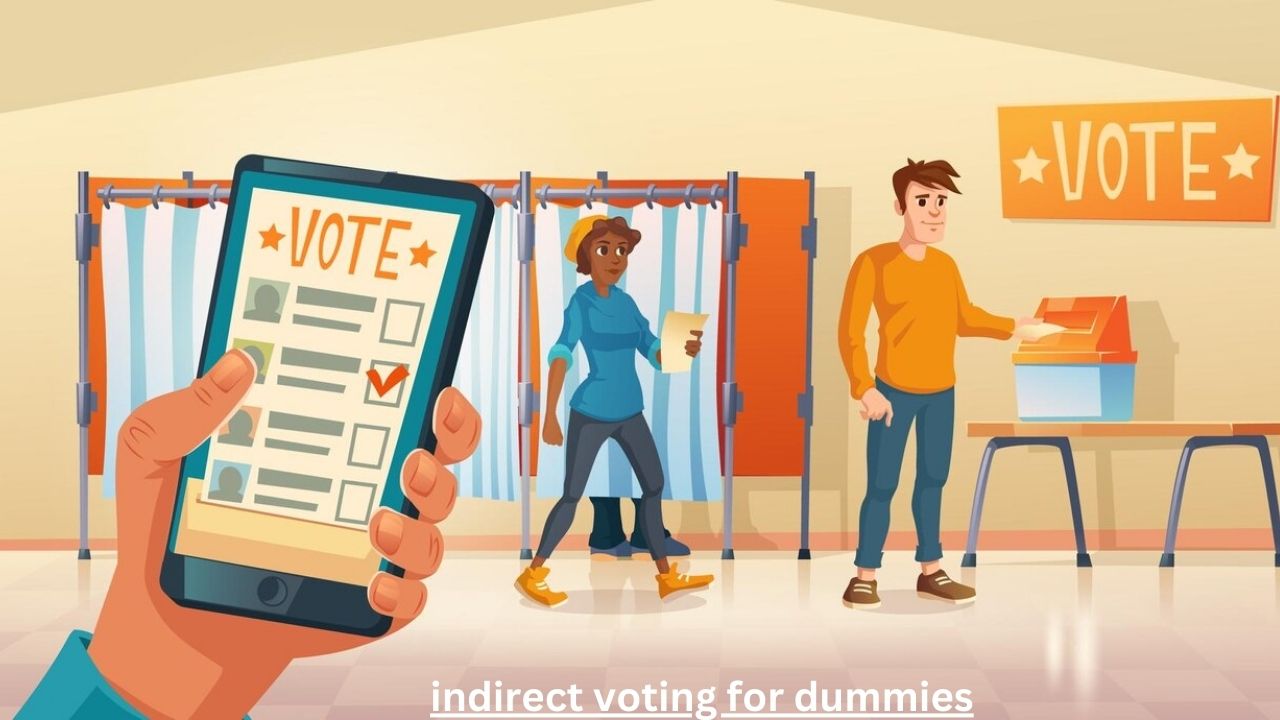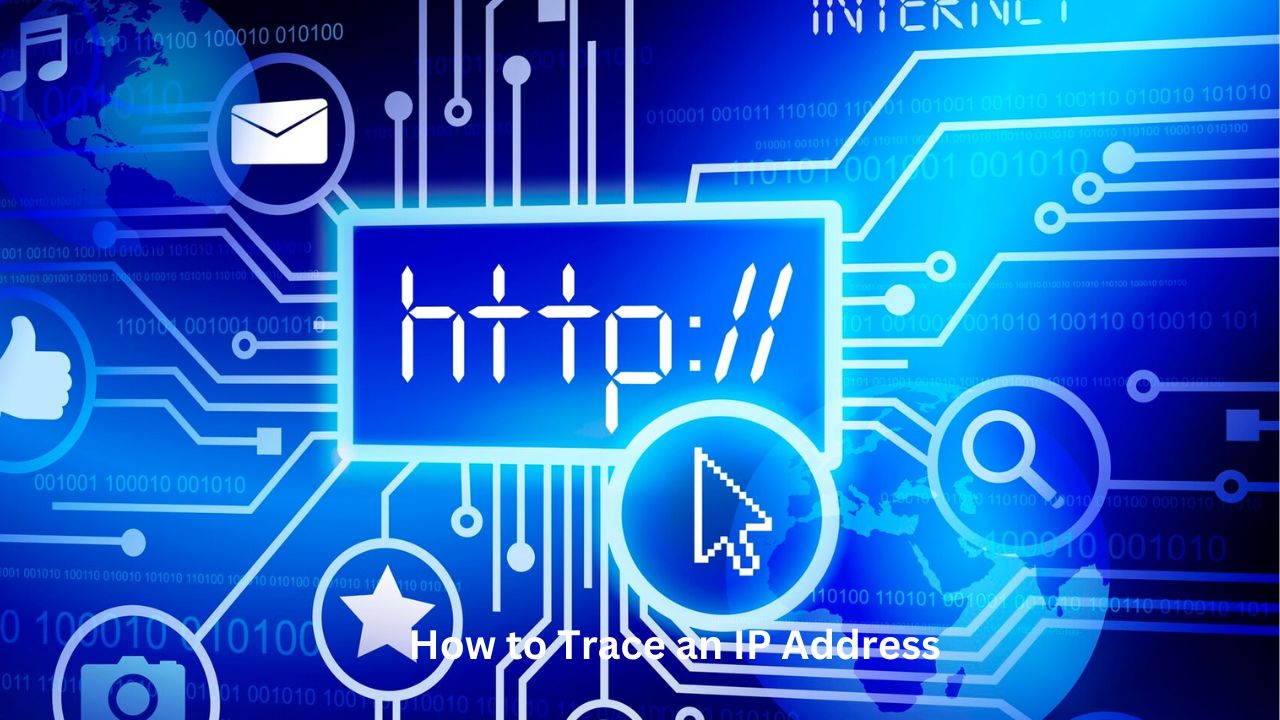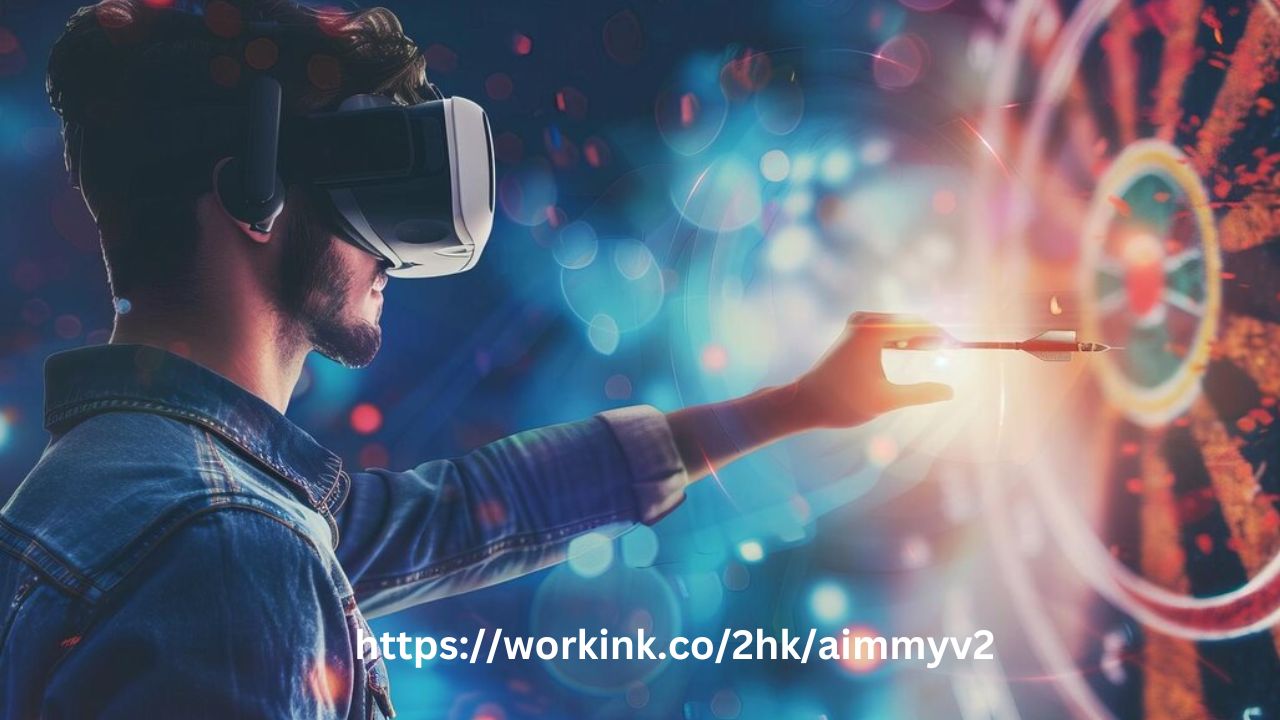Table of Contents
- Introduction Indirect Voting for Dummies
- What Is Indirect Voting?
- How Indirect Voting Works
- Why Some Countries Use Indirect Voting
- Examples of Indirect Voting Systems
- The Electoral College in the United States
- Parliamentary Systems and Indirect Voting
- Advantages of Indirect Voting
- Disadvantages of Indirect Voting
- Indirect vs. Direct Voting: Key Differences
- Controversies Surrounding Indirect Voting
- Can Indirect Voting Change Election Outcomes?
- The Role of Political Parties in Indirect Voting
- How Indirect Voting Affects Voter Participation
- Conclusion: The Future of Indirect Voting
Introduction
Indirect Voting for Dummies, Voting plays a crucial role in democracy, allowing people to choose leaders and influence government policies. However, not all elections follow the same process. One common method is indirect voting, where people do not vote for candidates directly. Instead, representatives cast votes on behalf of the population.
Many countries, including the United States, Germany, and India, use indirect voting in different forms. The system helps maintain stability, but it also sparks debates about fairness and representation. Understanding how it works is essential to grasp its impact on democracy.
This guide simplifies indirect voting for dummies, breaking down its purpose, process, and real-world examples. By the end, you will have a clear understanding of how indirect elections shape modern governments.
What Is Indirect Voting?
Indirect voting refers to a system where citizens do not choose leaders directly. Instead, they elect representatives or officials who then vote on their behalf. This method is different from direct voting, where individuals vote for candidates themselves.
For example, in the U.S. presidential election, voters do not elect the president directly. Instead, they vote for electors, who later cast votes to determine the winner.
This system exists in various democracies and plays a key role in maintaining balance between public opinion and structured governance.
How Indirect Voting Works
Understanding indirect voting is simple when broken into steps. The process usually follows these stages:
- Voters Cast Ballots – Citizens vote for representatives, electors, or members of an electoral body.
- Representatives Are Selected – The winning representatives gain the right to vote in the final election.
- Final Election Occurs – Representatives or electors cast their votes to determine the winner.
- Outcome Is Declared – The candidate with the majority of electoral votes wins.
The exact method varies depending on country, election type, and governing system.
Why Some Countries Use Indirect Voting
Governments adopt indirect voting for various reasons. Some of the main motivations include:
- Preventing Mob Rule – Indirect voting prevents sudden shifts in public opinion from leading to drastic decisions.
- Balancing Representation – It ensures that smaller states or regions have a voice in elections.
- Encouraging Expertise – Elected representatives often have more political knowledge, leading to informed decisions.
- Historical Influence – Many countries adopted this system during early democracy to protect political stability.
Although critics argue it limits direct democracy, supporters believe it strengthens governance.
Examples of Indirect Voting Systems
Many nations use indirect voting in different ways. Here are some examples:
- United States – The Electoral College elects the president.
- Germany – The Bundespräsident (President) is chosen by a federal convention.
- India – The President of India is elected by an electoral college of Parliament and State Legislatures.
- United Kingdom – The Prime Minister is indirectly chosen by Members of Parliament (MPs).
Each system has unique rules, but they all follow the principle of indirect representation.
The Electoral College in the United States
One of the most famous examples of indirect voting is the Electoral College in the United States. The system works as follows:
- Voters cast ballots for electors, not the president directly.
- Each state has a set number of electors based on population.
- Electors then vote for the president and vice president.
- The candidate with 270 or more electoral votes wins.
This system prevents direct majority rule but has led to debates about fairness and representation.
Parliamentary Systems and Indirect Voting
In parliamentary democracies, indirect voting is common. The process generally follows these steps:
- Voters elect Members of Parliament (MPs).
- The party with the most MPs selects the Prime Minister.
- The Prime Minister then forms a government.
Countries like Canada, the UK, and Australia follow this model. It ensures that leaders have the support of the legislative body before taking office.
Advantages of Indirect Voting
Indirect voting offers several benefits:
- Encourages Stability – Reduces sudden political shifts.
- Prevents Emotional Voting – Keeps decisions based on knowledge rather than public emotion.
- Ensures Regional Representation – Balances power among different regions.
- Supports Experienced Decision-Makers – Electors and MPs often have political expertise.
These factors help maintain strong, stable governments.
Disadvantages of Indirect Voting
Despite its advantages, indirect voting has drawbacks:
- Limits Direct Democracy – Citizens do not directly choose their leaders.
- Allows Manipulation – Political parties may influence electors or MPs.
- Ignores Popular Vote – A candidate can win without getting the most votes.
- Creates Complexity – The system is harder to understand than direct voting.
These issues lead to ongoing debates about whether indirect voting is the best system.
Indirect vs. Direct Voting: Key Differences
| Aspect | Indirect Voting | Direct Voting |
|---|---|---|
| Who Votes? | Representatives or electors | Citizens directly |
| Example | U.S. Electoral College | U.S. congressional elections |
| Decision Control | Political representatives | The general public |
| Complexity | More complex | Simple and straightforward |
Each system has strengths and weaknesses, depending on governance needs.
Controversies Surrounding Indirect Voting
Indirect voting remains controversial due to concerns about fairness, influence, and outdated structures. Some major controversies include:
- U.S. 2016 Election – The president won the Electoral College but lost the popular vote.
- Political Manipulation – Some electors do not vote as expected.
- Unfair Advantage – Some regions gain more power despite smaller populations.
These debates fuel discussions about electoral reforms worldwide.
Can Indirect Voting Change Election Outcomes?
Yes, indirect voting can change results dramatically. If a candidate wins the popular vote but loses electoral votes, they lose the election.
This has happened multiple times in U.S. history, leading to calls for change. Critics argue that indirect systems do not always reflect the people’s choice.
Conclusion: The Future of Indirect Voting
Indirect voting remains a complex but essential part of many democracies. While it provides stability, it also raises concerns about fair representation.
Some countries may reform their systems to balance direct and indirect democracy, ensuring fair outcomes for all voters.
Understanding indirect voting helps people engage in political discussions and shape the future of elections.











